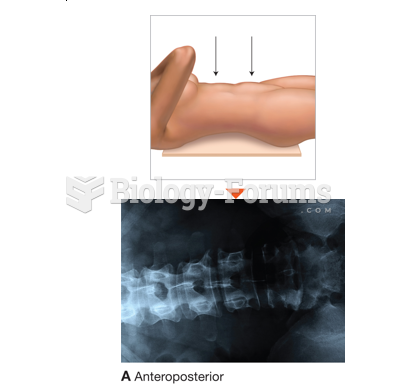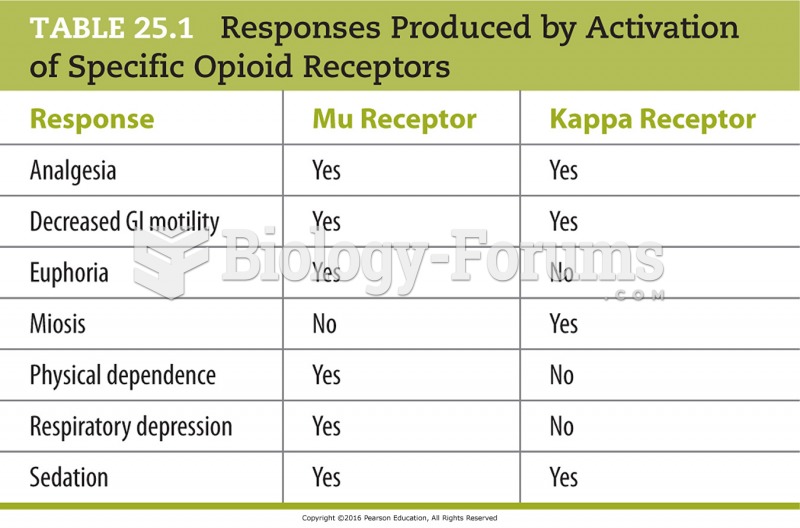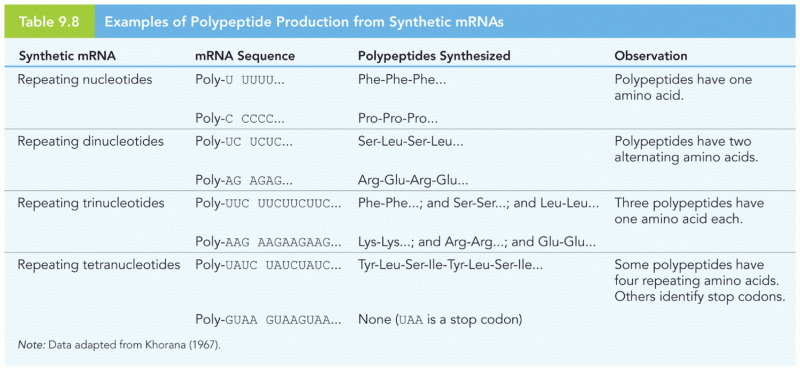Answer to Question 1
The hippocampus, named after the Greek word for seahorse because of its long curved shape structure, has a more direct role in the memory process and is involved in encoding long term memories of events that can be consciously discussed termed declarative memories. It seems to have only an indirect role in the sensation and experience of emotion. The hippocampus appears to work with the amygdala in the fear conditioning process by encoding context while the amygdala adds the emotion. Thus, seeing a poisonous snake behind glass in a zoo is a context that is not as frightening as seeing that same snake a few feet ahead of you on a hiking trail. It is the hippocampus that helps the amygdala put the threat significance of the snake in its proper situational context so that your amygdala adds fear to the experience of the snake on the trail but not to the experience of the snake in the zoo. Likewise, it is the hippocampus that helped you determine if the bang sound was dangerous enough to signal your amygdala to activate your fear emotions. Memories encoded by your hippocampus of your neighbor's Siamese tomcat previously banging against your window late at night as it jumped up onto your outside window ledge enabled you to eventually put the bang in a non-threatening context and resume your slumber.
Answer to Question 2
The amygdala of the cerebral hemispheres however is important to our understanding of our physiological and emotional responses to stress. It is part of the limbic system that will be discussed later and is made of about 10 nuclei that are involved in mediating emotional responses, particularly fear and anxiety. How do we know this? We know this because people who have had their amygdala electrically stimulated report these emotional states. It is also involved in the social recognition of the fear state in the faces of others. Lesions of this area due to disease impair this emotion recognition ability. The amygdala also seems to participate in the process of storing memories about which stimuli should be approached and which to avoid. It seems to be involved in assessing threat stimuli and in emotional memory formation. Further, the amygdala participates in the process of classically conditioned fear responses where we learn to associate particular stimuli with fear or anxiety.







